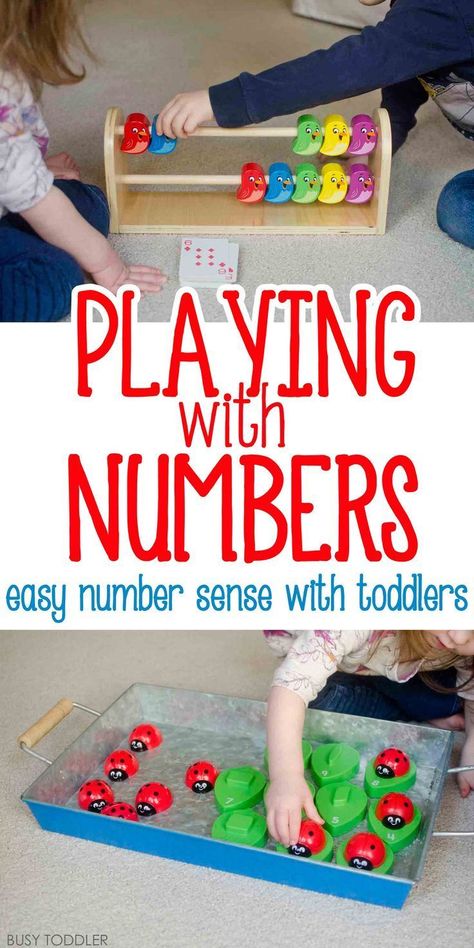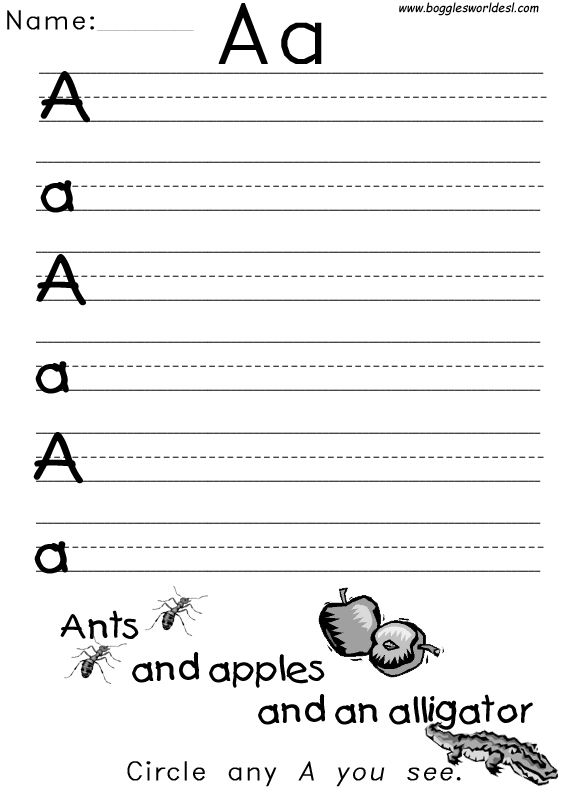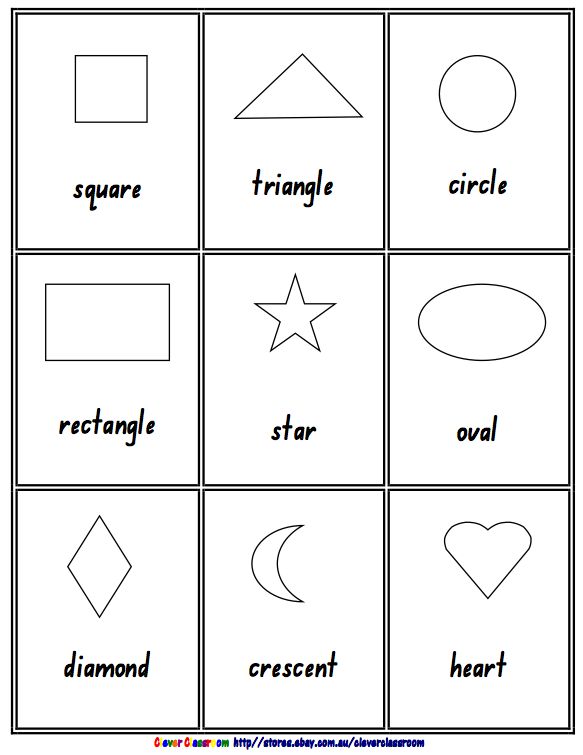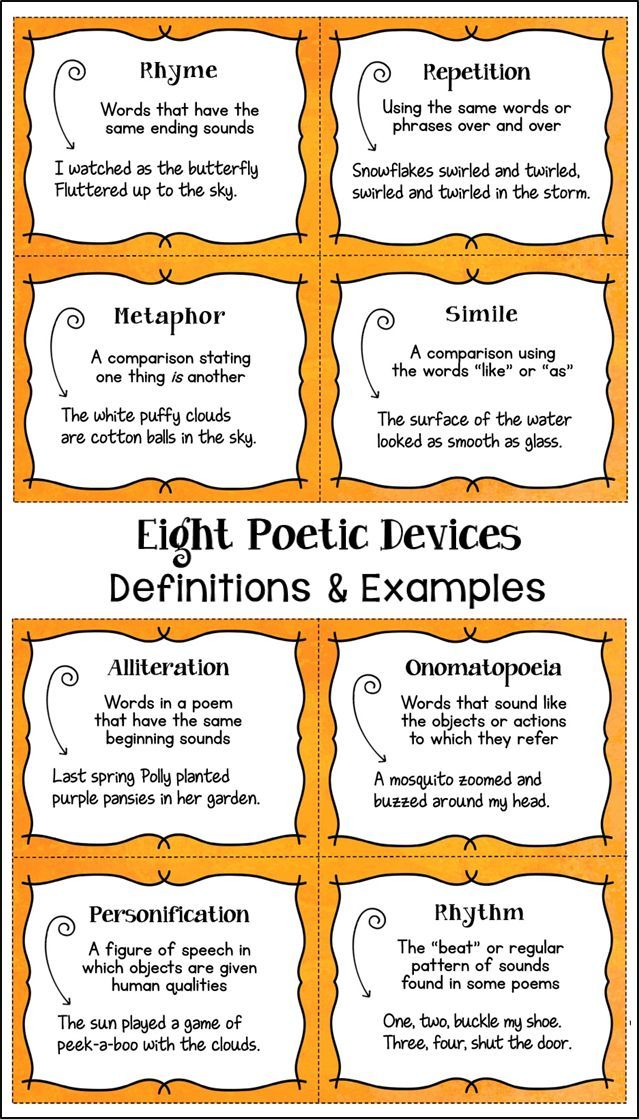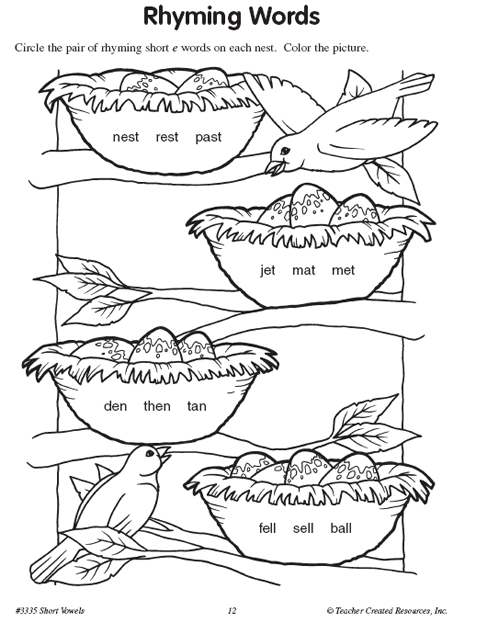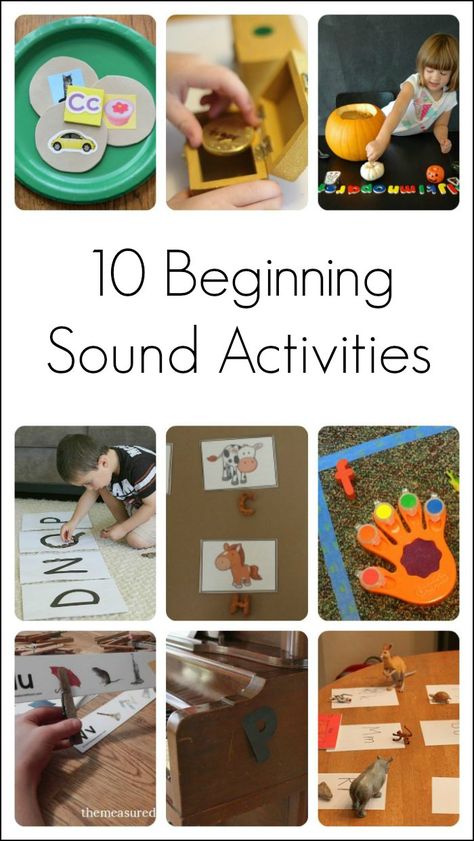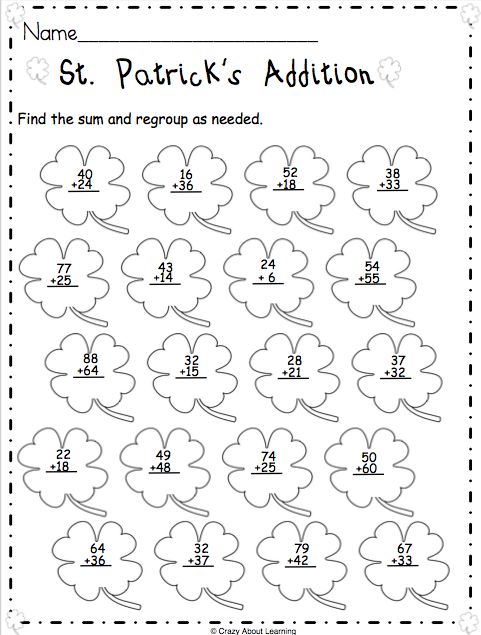Preschoolers learn through play
Learning Through Play in Preschool
Teaching Tips
January 6, 2020
0
3 minutes
To play or not to play? That seems to be the perennial question in early education—and one that has been a hot button issue in recent news. As mounting evidence suggests that children do better in school in the long run when their pre-K curriculum is play-based rather than didactic, discovery play in the classroom has never been more important. In fact, at a featured session at NAEYC this year, hands-on learning through the use of makerspaces was discussed as a way to promote creativity and active learning in the classroom.
So what exactly is a makerspace and how can it promote play-based learning?
What is Play-Based Learning?Play-based learning embraces giving children time to carry out their own ideas through play. Children are allowed to explore information in their surroundings in an experiential, exploratory way, rather than in a didactic, script-based format. Play-based learning incorporates sensory learning and can include activities such as the arts, nature, and music. The teacher’s role in play-based learning is to provide the children with stimulating, imaginative ways to play and assist them in their exploration. The primary difference between the two methods of learning is that play-based learning is student-initiated, whereas didactic learning is teacher-led.
What Is a Makerspace?
A makerspace is a designated space in a classroom that is designed to keep versatile materials at a child’s fingertips for “making.” Your makerspace could be a table, countertop, cart, or a structure you build yourself. Keep it stocked with hands-on materials that promote innovation. Whether the end result is a model house, a drawing, or a robot, having a variety of multisensory tools on-hand will encourage students to create through play.
The Importance of Children Learning Through PlayNumerous studies conclude that play is an integral part of learning for preschoolers. An article in The Washington Post suggested that inadequate playtime and movement can cause problems in children such as clumsiness, difficulty paying attention, trouble with emotional responses, and poor problem-solving methods among a host of other developmental issues.
An article in The Washington Post suggested that inadequate playtime and movement can cause problems in children such as clumsiness, difficulty paying attention, trouble with emotional responses, and poor problem-solving methods among a host of other developmental issues.
Another study in Germany compared 50 play-based classes with 50 early-learning centers and found that the children in play-based classes excelled over the children in early-learning centers. The study concluded that children in the play-based groups were more advanced in reading and math, as well as in the areas of intelligence, creativity, oral expression, and “industry.”
What is a Makerspace?A makerspace is a designated space in a classroom that is designed to keep versatile materials at a child’s fingertips for “making.” Your makerspace could be a table, countertop, cart, or a structure you build yourself. Keep it stocked with hands-on materials that promote innovation. Whether the end result is a model house, a drawing, or a robot, having a variety of multisensory tools on-hand will encourage students to create through play.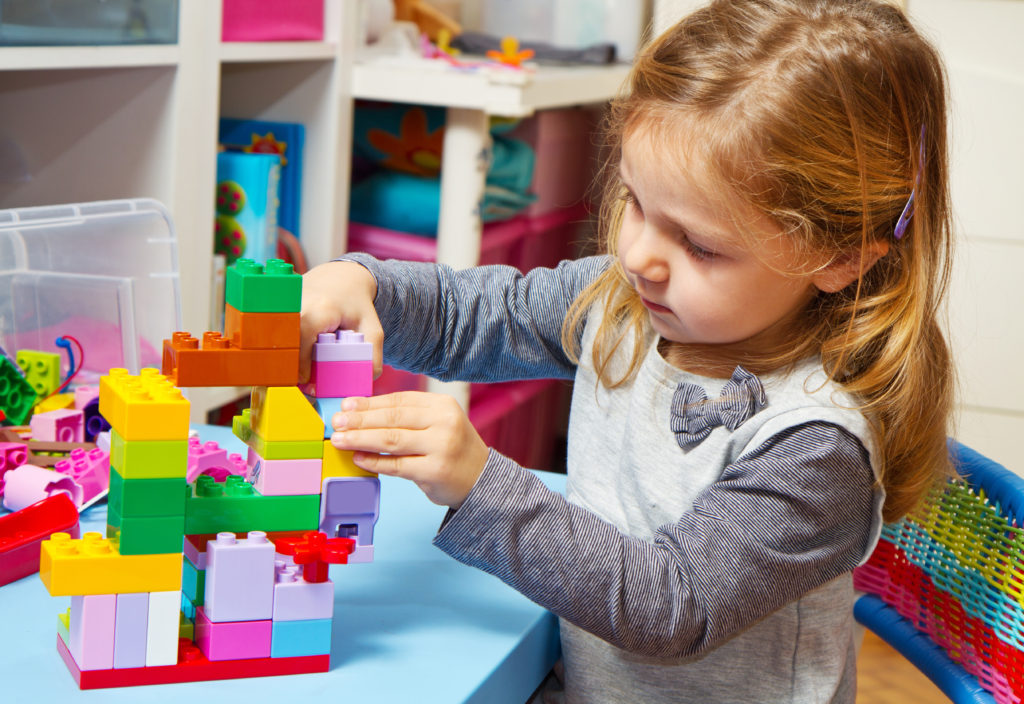
At Learning Without Tears, our goal is to make learning fun and easy. We offer multisensory, play-based tools and activities for children to learn vital kindergarten readiness, reading, and writing skills. Play-based learning tools like Roll–A–Dough Letters® give children tangible ways to create and play. Remember to keep your makerspace well-stocked with materials that make it easy to build and innovate: our Mix & Make Shapes™ help children use their imagination to make patterns and build designs.
Related Tags
Multisensory Learning Teaching Tips
Readiness, Summer, Teaching Tips, Multisensory Learning
5 Ways to Support Your Students this Summer
June 7, 2022
0 5 minutes
Readiness, Summer, Teaching Tips, Multisensory Learning
4 Guidelines to Support Students Over Long Breaks in Learning
February 14, 2022
0 5 mins
Ask the Experts, Teaching Tips, Multisensory Learning, Readiness
Pint-Size Book Authors: Using Early Readers as Mentor Texts
September 10, 2021
0 3 min
There are no comments
How Do Children Learn Through Play?
As an adult, Albert Einstein remembered a pivotal event in his life that inspired his interest in scientific discovery.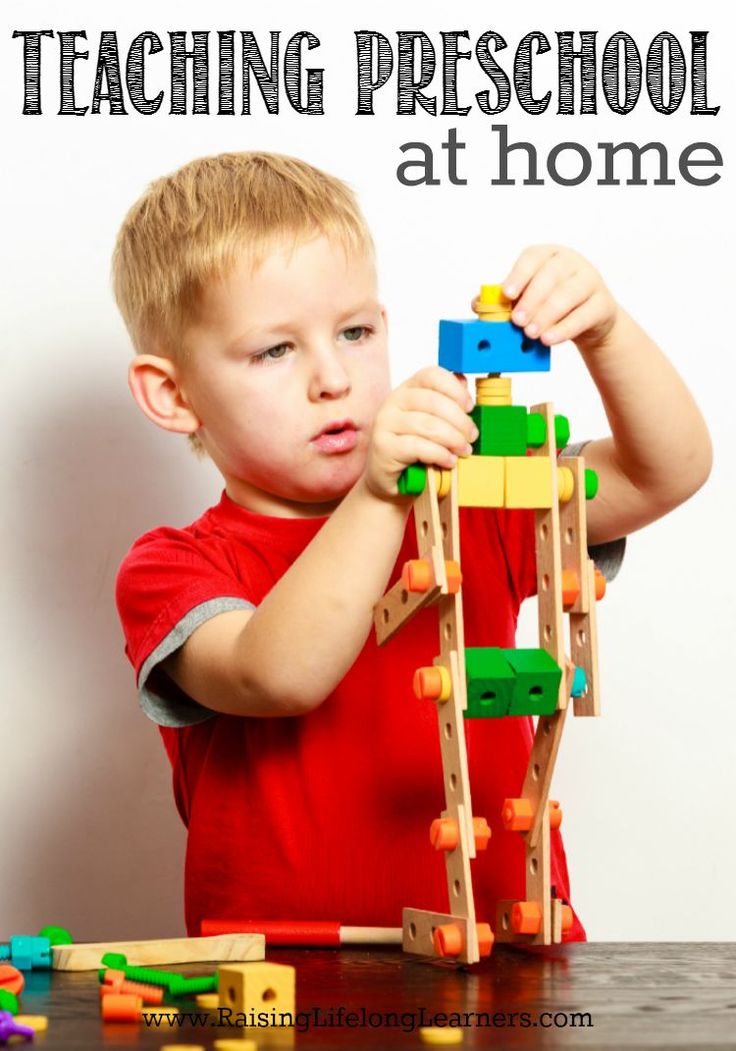 He was four or five years old and stuck in bed with a childhood illness when his father handed him a magnetic pocket compass to play with. He spend hour twisting the compass, wondering how the needle always knew to point towards the north.
He was four or five years old and stuck in bed with a childhood illness when his father handed him a magnetic pocket compass to play with. He spend hour twisting the compass, wondering how the needle always knew to point towards the north.
The book Internet Invention: From Literacy to Electracy , quotes Albert Einstein on how playing with that compass inspired his love of science. "I can still remember," he wrote, "that this experience made a deep and lasting impression on me. Something deeply hidden had to be behind things."
As a parent, you probably love to see your child playing. It’s incredible to hear their ideas and to learn about the new worlds they create. It’s also fun to see how creative they can be as they put their imagination to use in learning about the world around them.
Play is far more powerful for children, however, than many parents realize. It’s actually the key to learning. Researchers and educators across the world have found that play can help enrich learning and develop key skills such as inquiry, expression, experimentation, and teamwork.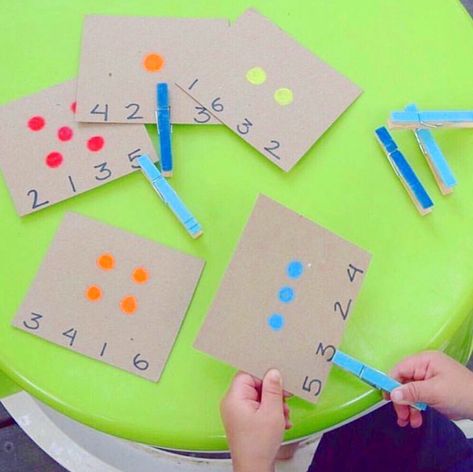
Schools that use the Montessori education focus on encouraging children to learn through “meaningful play.” According to the book, From Play to Practice: Connecting Teachers' Play to Children's Learning, “meaningful play” has five characteristics. It:
- Gives the child a choice about what he or she wants to do
- Feels fun and enjoyable for the child
- Evolves spontaneously, rather than giving kids a script to follow
- Is driven by intrinsic motivation about what the child wants to do
- Creates a risk-free environment where kids can experiment and try new ideas.
In meaningful play, children are active participants. For example, instead of passively taking in a lesson, children take on roles alongside their peers and respond to the other children according to the rules of play that they’ve created.
While “rules” may seem counterintuitive to the idea of free, voluntary play, a system of mental rules is actually one of the other key features of play.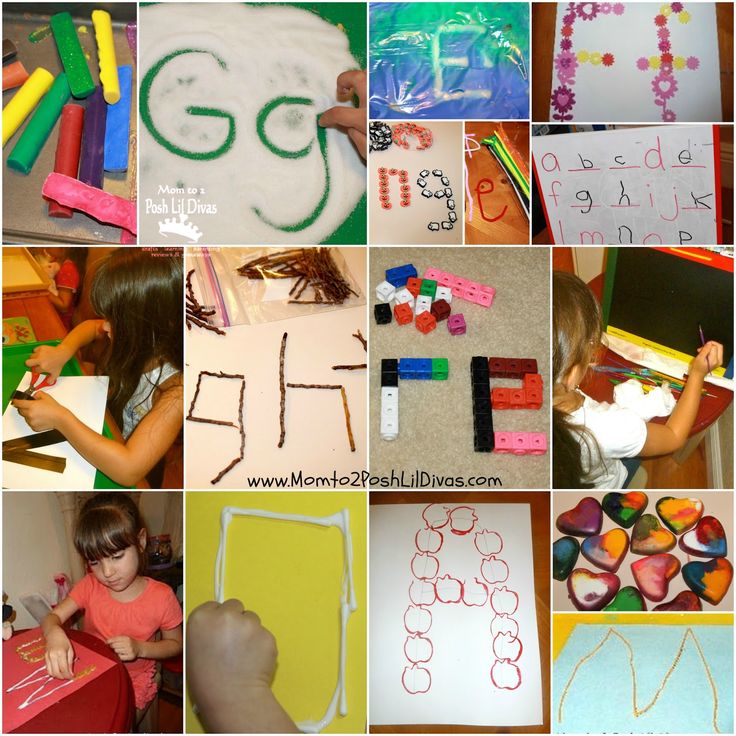 Children may state these explicitly, form them collaboratively or follow a selected leader, or have an inherent sense of what governs the terms of their playful engagement. This active, pleasurable negotiation of rules and symbols can offer a number of learning benefits.
Children may state these explicitly, form them collaboratively or follow a selected leader, or have an inherent sense of what governs the terms of their playful engagement. This active, pleasurable negotiation of rules and symbols can offer a number of learning benefits.
How Do Children Learn Through Play?
In her TedX Talk talk, Professor Doris Fromberg, Director of Early Childhood Teacher Education at Hofstra University, explains why play is such an important part of the learning process for children.
We need to consider that young children learn in quite different ways [than adults]. They learn by comparing physical experiences, by interactions with other people and their own feelings. And they learn an enormous amount through their imagination.... Play is what pulls together the logical and creative parts of the brain.
For young children, play is often a full body activity that helps them develop skills they will need later in life. Running, dancing, climbing, rolling—these activities all foster muscle development and help fine-tune motor skills.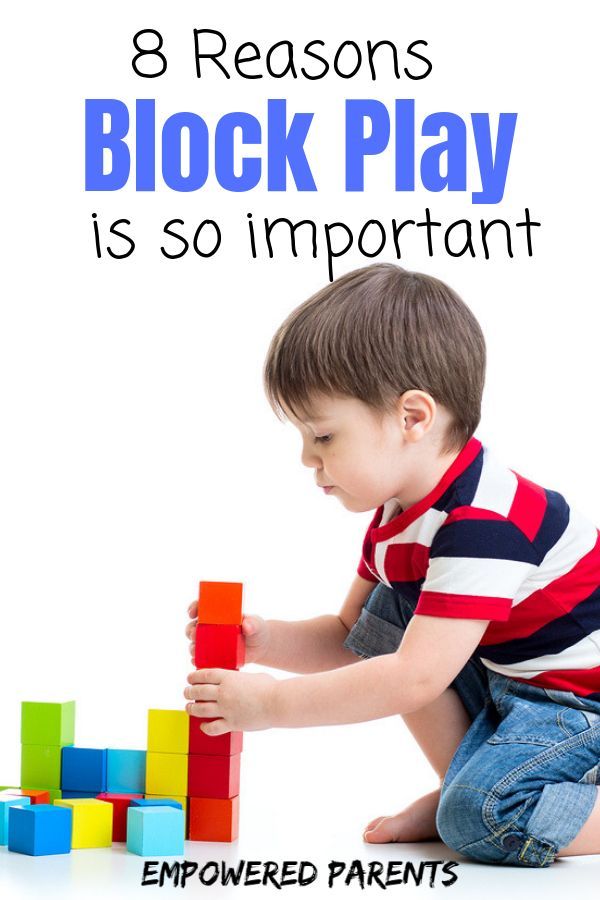 Children also build their mental and emotional muscles as they create elaborate, imaginative worlds rich with a system of rules that govern the terms of play.
Children also build their mental and emotional muscles as they create elaborate, imaginative worlds rich with a system of rules that govern the terms of play.
University of Denver researchers Elena Bodrova, Carrie Germeroth, and Deborah J. Leong found that children teach themselves to regulate their emotions and think before they act when they play. For example, if a child is pretending to be Olaf from Frozen, they may pretend they’re melting when they come inside or insist that they like warm hugs. In each case, they consider how their actions will correlate with how Olaf should act in a given situation.
This role playing helps children build social skills and helps them become the kind of adults who are able to thrive in a range of personal and professional environments.
Why It’s Important to Include Play in the Classroom
In an academic setting, play can also help children learn and grow. Teacher-initiated play is a close cousin to inquiry based learning. At Whitby, our early child educators ask children questions about the rules and process that govern the play, and then encourage children to make connections to the wider world through their own body of knowledge.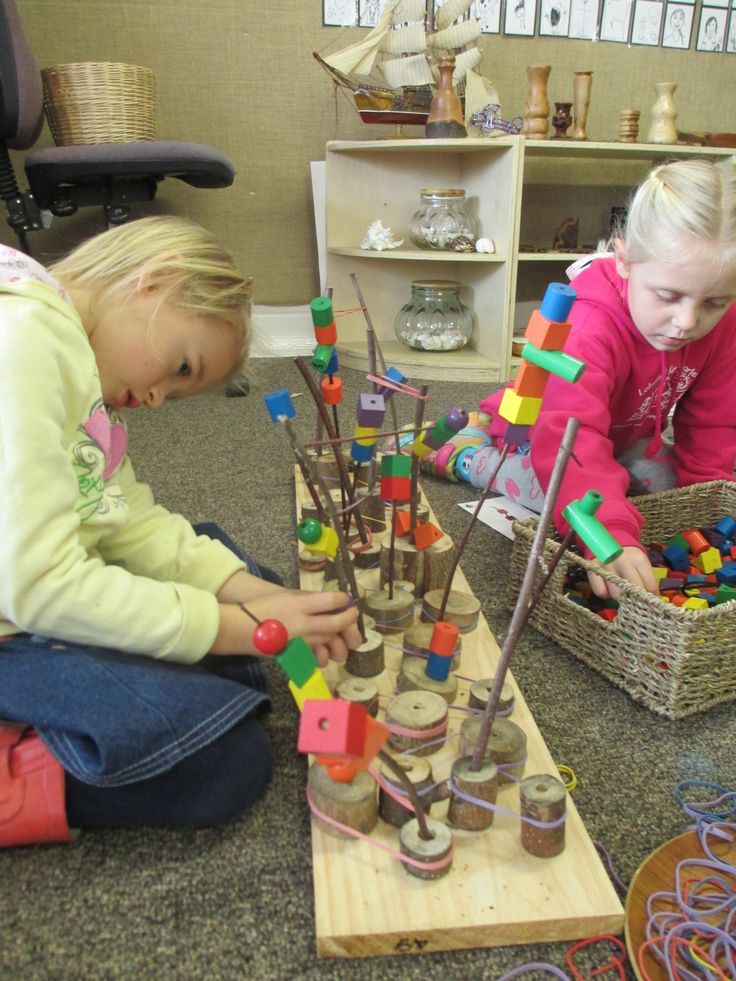
Dr. Angeline S. Lillard, author of Montessori: The Science behind the Genius, wrote about about how Maria Montessori encouraged educators to use play as a part of the learning process.
[In a Montessori classroom] teachers guide learning within structures but do so playfully and loosely, with particular focus on the goals they have in mind... the Montessori education resembles playful learning.
We’ve seen this at Whitby. When we take a play-based approach to combining different subjects, we’ve found that teachers can create an educational experience greater than the sum of its parts. Students learn critical thinking skills, develop their language abilities, expand their range of knowledge and increase their social emotional awareness—all without realizing how much they’re learning.
Maximize Learning Through Play
From offering children a chance to ask questions, problem solve, work collaboratively and conduct structured experimentation, play is a key component of learning at Whitby. One way that Whitby teachers bring a sense of play into the classroom is by taking an activity-based approach to nearly every subject.
One way that Whitby teachers bring a sense of play into the classroom is by taking an activity-based approach to nearly every subject.
For example, when our teachers read a book aloud, they encourage young students to turn each page and follow each word with their fingers. They can also prompt students to talk to each other about the content, and to talk about the associations it sparks from their own lives. Teachers also engage kids’ imaginations and sense of curiosity by asking “What do you think will happen next?”
Students are also given an opportunity to bring stories to life through dramatic play. When children are given opportunities to act out scenes and express themselves, they improve their social confidence, increase their ability to see the perspectives of others and increase the attention they give to the literature.
Play gives children a chance to practice what they’re learning.
- Fred Rogers
At Whitby, we seek to teach children that learning is not just a formal activity they do in the classroom—it’s actually a lot of fun! One of our goals is to give kids opportunities to wonder, question, work as a team, experiment, play with different possibilities and investigate subjects that interest them.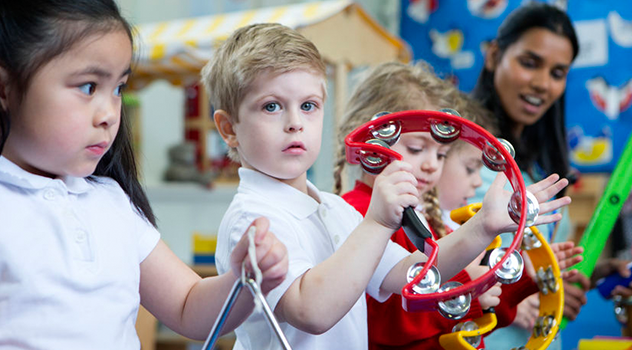 For example, in our 3D printing class, educators give students the opportunity to design an object from their imagination. Then they ask students to explain, “Why did you make that?” “What did you make it out of? What is the purpose of that object?”
For example, in our 3D printing class, educators give students the opportunity to design an object from their imagination. Then they ask students to explain, “Why did you make that?” “What did you make it out of? What is the purpose of that object?”
This teacher engagement supports children in their creativity, while also challenging them to think about why they chose to create an object. It also requires them to think through the challenges they solved in creating it and helps them become more confident in their problem solving abilities.
Help Your Child Learn Through Play
Our goal at Whitby is to help students learn to ask questions, express themselves, collaborate with others, and take creative risks. We also want them to retain their natural curiosity and to never lose the excitement of learning something new. All those things are achieved by making learning fun for children.
Find out more about how you can help your child learn during our upcoming Parents as Partners parenting classes.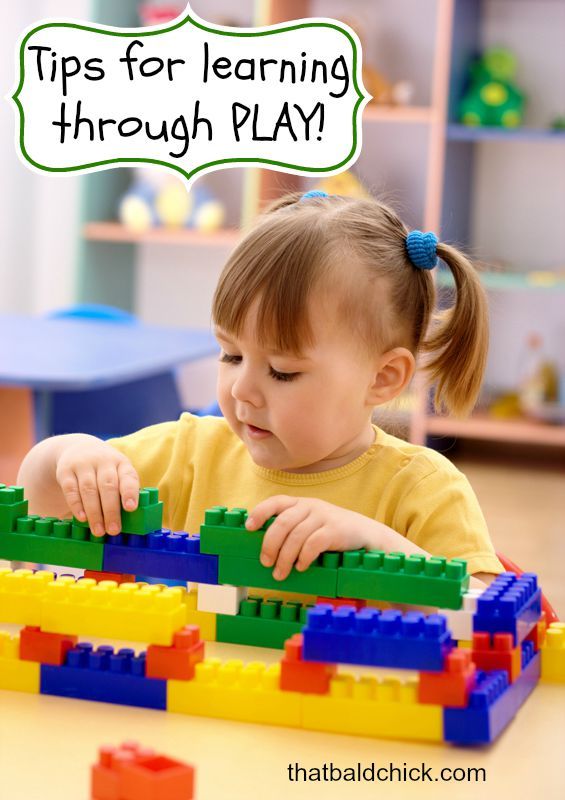 We will be presenting on “Play as a Powerful Learning Tool” on Thursday, March 17. Click the link below to attend.
We will be presenting on “Play as a Powerful Learning Tool” on Thursday, March 17. Click the link below to attend.
Play in the development of a preschooler
98
Play is not only a natural state for a preschool child, but also the main driving force behind his development. However, many parents underestimate the importance of the game for the development of the child, considering classes in various studios, early education, etc. to be more useful. But it is in the game that all areas of mental life are intensively developed: communicative, cognitive, emotional and personal. In the game, imagination develops, the ability to control one's behavior is formed, movements are improved. This is especially true of the role-playing game, the beginnings of which appear in the baby as early as three or four years. Observe how the adoption of the role changes the behavior of the child: a noisy, agile baby patiently and quietly sits in ambush, because he is a scout; a timid girl in the role of a teacher becomes strict and self-confident. In the game, children learn social norms, learn to manage themselves without coercion, because the rules are set by the very role that the child seeks to comply with. The game is always emotionally rich, encourages the child to monologues and dialogues, stimulating speech development.
In the game, children learn social norms, learn to manage themselves without coercion, because the rules are set by the very role that the child seeks to comply with. The game is always emotionally rich, encourages the child to monologues and dialogues, stimulating speech development.
Unfortunately, many psychologists write about the impoverishment of the play activity of modern children. The games of preschoolers become stereotyped, their plots and content are less and less diverse and developed, as a result, the time of playing on one plot and the enthusiasm for gaming activities are reduced. It is unlikely that a modern preschooler will, like the hero of L. Panteleev's story "Honest Word", stand on the clock in a deserted park.
The impoverishment of the game is due to many factors. But the fact that screen addiction of modern children contributes to this process is beyond doubt. Ready-made images, flashing bright pictures quickly accustom the child's brain to have fun at a minimum cost. Another thing is the game. To make it interesting, you need to make an effort, show imagination, creativity, the ability to negotiate with partners, and much more. The situation is aggravated by the screen addiction of parents. The picture in which each family member is busy with his gadget, unfortunately, is now very typical. Parents, having no experience of a full-fledged game in their childhood, do not teach their children to play. But it's still worth trying.
Another thing is the game. To make it interesting, you need to make an effort, show imagination, creativity, the ability to negotiate with partners, and much more. The situation is aggravated by the screen addiction of parents. The picture in which each family member is busy with his gadget, unfortunately, is now very typical. Parents, having no experience of a full-fledged game in their childhood, do not teach their children to play. But it's still worth trying.
Here is a child of three or four years old playing with a car: he drives it along the carpet, imitates the sound of an engine... Get involved in his game, ask who he is, a driver or a passenger? Where is it heading? Offer him options for the development of the plot: carry bricks to build a house, deliver groceries to the store. Options can be very different. And then take a bar and drive it around the floor like a typewriter. Gradually, your child will learn to use substitute objects in the game (a stick instead of a spoon, a cube instead of an iron, etc.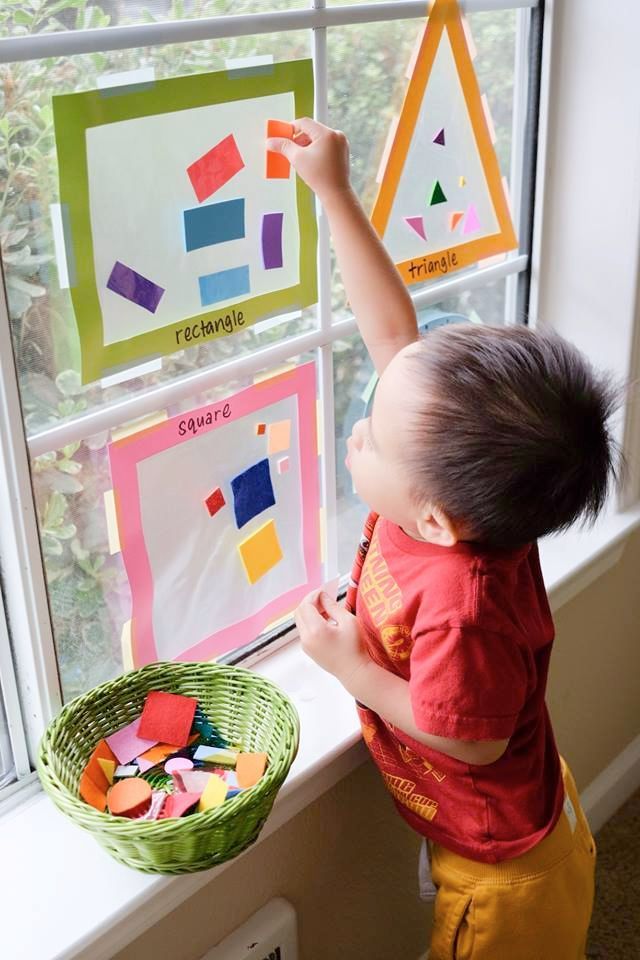 ), and his play activity will move to a qualitatively new level. As the game develops, more and more play activities will take place in the mind, which anticipates the formation of an internal plan of action in elementary school.
), and his play activity will move to a qualitatively new level. As the game develops, more and more play activities will take place in the mind, which anticipates the formation of an internal plan of action in elementary school.
Children take the plots of games from the social life of adults. What the child wants to do, imitating adults, but cannot due to age, he successfully does in the game. But over the past fifty years, the world has changed a lot, in particular, many new professions have appeared. Tell your child about your profession at an accessible level, if possible, take him to work with you. And you will see that he will start displaying the received information in his games.
Play with your child at least a little, include stories from read fairy tales, films, excursions in games. All this will enrich the content of your child's games, broaden his horizons, help him grow into an active, creative person.
Author: Psychologist-consultant of the "Razumeykin" project Naydenova Natalia
Did you like it? Share with friends:
Online classes on the Razumeikin website:
-
develop attention, memory, thinking, speech - namely, this is the basis for successful schooling;
-
help to learn letters and numbers, learn to read, count, solve examples and problems, get acquainted with the basics of the world around;
-
provide quality preparation of the child for school;
-
allow primary school students to master and consolidate the most important and complex topics of the school curriculum;
-
broaden the horizons of children and in an accessible form introduce them to the basics of various sciences (biology, geography, physics, chemistry).
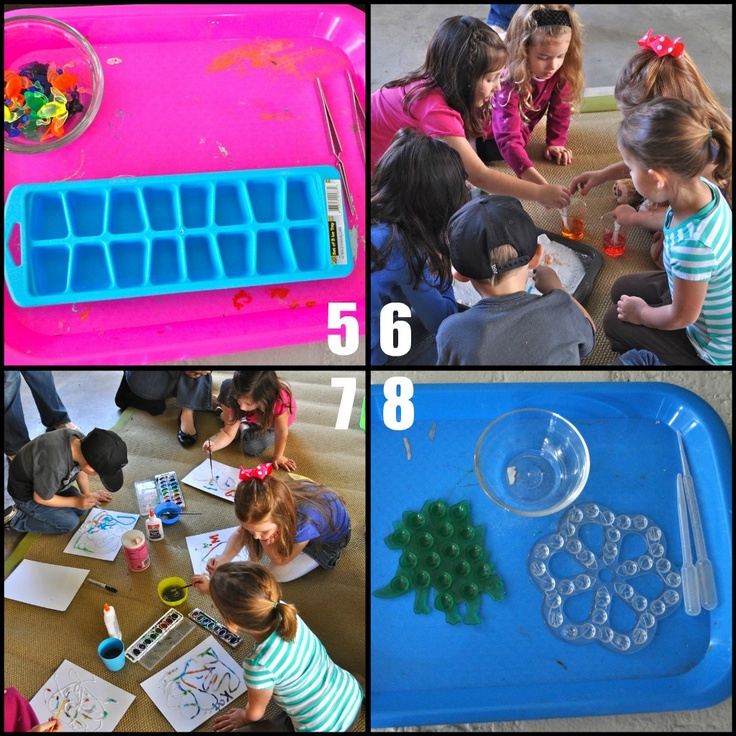
Why is it so important for children to play?
Every parent wants their children to develop well. Sometimes it seems that a child's game is empty entertainment and it would be better to replace it with something more useful. However, for a child, play is the main way of interacting with the world, mastering new knowledge and skills.
Although games often seem too simple or monotonous for adults, they play an important role in the development of the child. If we, adults, are quite thoroughly included in real life, then children need a special reality that can be created around them. The game forms a peculiar model of the world, redesigned in accordance with the needs and abilities of the child. And although this model looks like a fairy tale, it reflects the real world and helps to master it.
For a child, any game is the same productive activity as work for an adult. And if the result of adult work is the produced “product”, for the child the result of the game is new knowledge about the world (for example, “the ball bounces off the floor”, “the car drives further on the wet floor”) and a better understanding of how the world works. Interacting with other children during the game, the child develops his own style of behavior and communication. In short, play is critical to development because it is the way a child interacts with the world.
Interacting with other children during the game, the child develops his own style of behavior and communication. In short, play is critical to development because it is the way a child interacts with the world.
Play begins with communication
The invitation to communication, which later becomes the basis for play, comes from an adult at a very early age. For example, answer a smile with a smile. To do this, the baby needs to learn how to control his muscles and change facial expressions - this is serious work for him. Smiling in response or repeating “aha” after an adult, the child not only plays and communicates, but also learns to repeat after an adult, imitate him.
Communication skills are improving all the time, ways of interaction become more complicated. There are "patties", and then, at 3-4 months, games like "magpie-crow", in which not only the open palm participates, but also the fingers. By 5-6 months, the game of “cuckoo” appears - it always pleases the child, who is just discovering the fact that the surrounding objects and people continue to exist even after they disappear from his field of vision.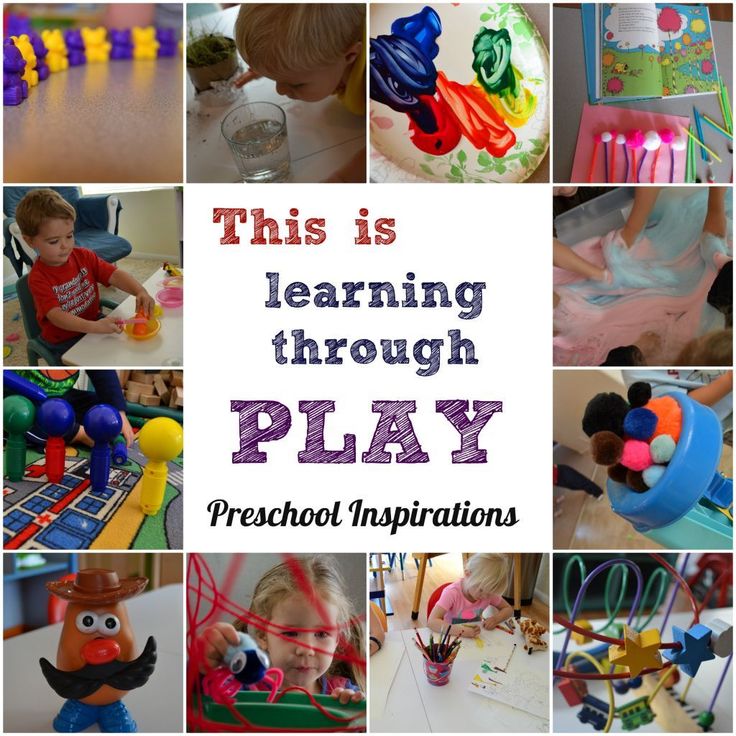
What is the meaning of your favorite toy?
By about nine months of age, the image of a mother is formed in a child; when she leaves, anxiety arises. With the help of soft toys, he learns to cope with this feeling. At first, they play the role of a transitional object - it’s not like a mother, but you can cuddle, hug, and the anxiety goes away. The kid begins to take the plush animal with him everywhere, and this is nothing but his first steps towards an independent life.
Around the end of the first or beginning of the second year of life, an important change occurs: the child begins to walk. Now his possibilities are much wider, and he shows much more initiative. The peek-a-boo game is replaced by a new one - hide and seek. It seems to adults from the outside: well, how can you play the same thing over and over again? But for a baby, this is not the same thing: playing various scenarios of disappearance and appearance, the child each time comes up with new options for the game and explores new places.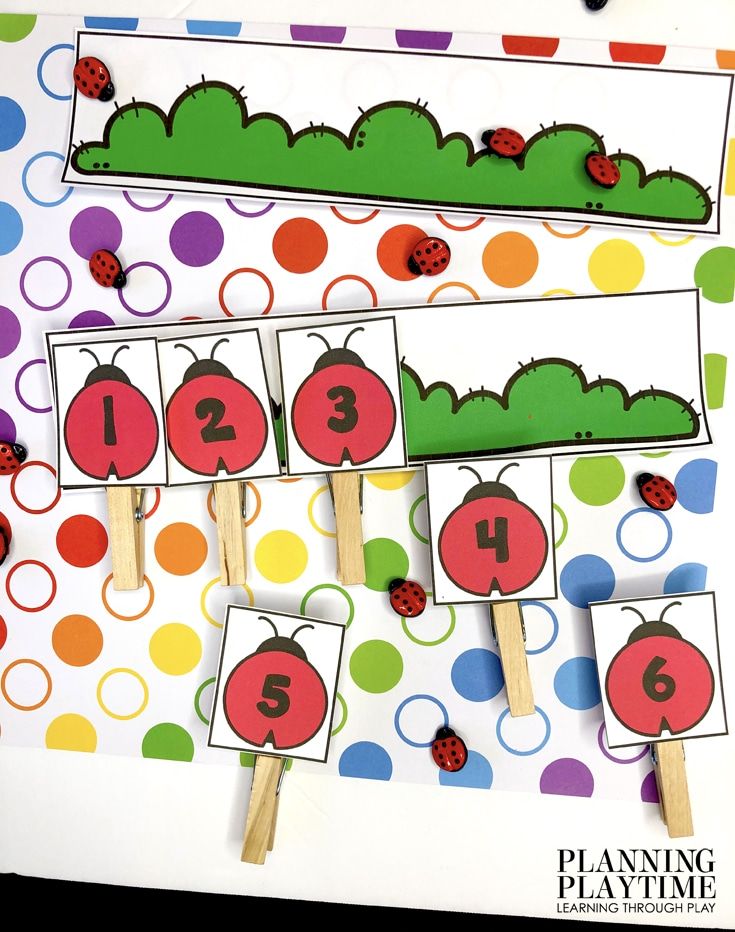
Object games are the first step in exploring the world
At the age of 1-3, the child mainly plays object games. Acting with objects, children in practice study their properties and learn to perform meaningful actions with them: collect and disassemble toys, build a turret from cubes, spin, pick, knock one object against another. In the course of such a game, the speech of an adult plays an important role. When he accompanies a child's game with words - designates various actions, names the qualities of objects - this, on the one hand, increases the child's vocabulary, develops his speech. On the other hand, adult comments contribute to the development of the objective actions themselves - for example, sorting objects according to certain characteristics (shape, size, color). With the help of touch and vision, the child begins to study the properties of objects, their diversity: hard or soft, heavy or light.
Actions with objects bring up attention, purposefulness, concentration, the ability to do one thing without being distracted by others.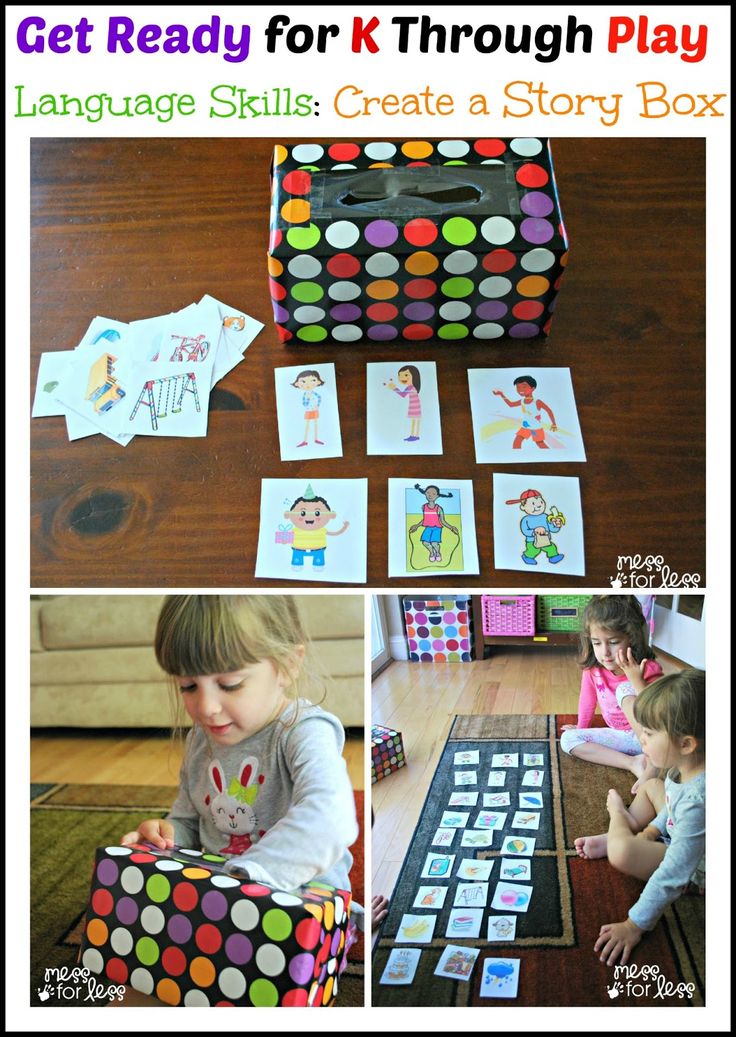 Of great importance for development are games using object-tools. For example, to hammer a bushing with a hammer, to catch a fish in the water with a net - in a word, all games where actions with one object are performed with the help of another.
Of great importance for development are games using object-tools. For example, to hammer a bushing with a hammer, to catch a fish in the water with a net - in a word, all games where actions with one object are performed with the help of another.
Role-playing games and their meaning
The next important step in development is the ability to play independently, choosing one role or another.
Speaking of children's games, most often we mean role-playing games: to the store, to the hairdresser, to daughter-mothers, doctors and others. The period of their "flourishing" comes later, at 4-5 years old, when the child's vocabulary expands and various life situations and activities are modeled.
It is understandable why the baby so insistently asks to play with him: he needs other people to act out the plot. Role play allows the child to expand their own capabilities and go beyond them. And also - try on the role of an adult and an adult situation, and then return to the safe "here and now".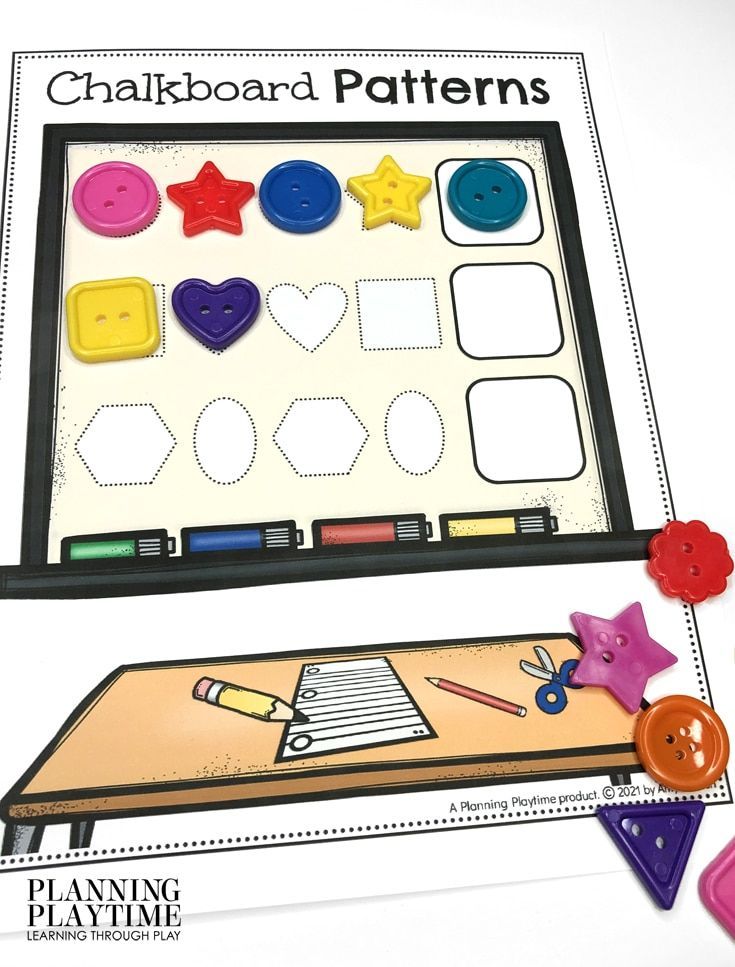 With the help of such games, the baby, already at a new level of development, works out the situation of separation from the mother, laying the foundations of his individuality.
With the help of such games, the baby, already at a new level of development, works out the situation of separation from the mother, laying the foundations of his individuality.
Approximately at the same age, symbolic games appear (everyone knows the children's “And we will have this ...”). So a bush easily turns into a house, and a chair into a bus. In such games, the child gradually learns to perceive symbols separately from real objects and operate with them.
Children's imagination should not be limited by the words "But it doesn't happen like that" - the child will still have time to learn to separate reality from fiction, but a developed imagination and a creative approach to solving problems are developed precisely in such games.
Free play
Free (or unstructured) play is perhaps the best form of play for young children. Such games are not planned in advance, they just happen "by themselves" depending on what the child is interested in at the moment. In such games there are no goals and rules, there are no winners and losers, but they allow the child to use his imagination to the maximum and study at his own comfortable pace.
In such games there are no goals and rules, there are no winners and losers, but they allow the child to use his imagination to the maximum and study at his own comfortable pace.
Free play can be any creative activity that a child does alone or with other people. Examples include plotless drawing, modeling and any other creative work, building houses from boxes or blankets, exploring new play spaces (closets, yards, parks, playgrounds).
Parents do not have to participate in the child's free play. The main thing is not to interfere with your own rules and goals, but to give the baby complete freedom, limited only by safety rules. Sometimes all you need to do is "push" the child in the right direction - towards the toys on the floor or towards the table with pencils and paper.
Why the game world is so valuable
In the game, the child can safely "live" difficult situations (for example, "I was forgotten", "I'm lost") and find ways to solve them - after all, not the kid himself was lost in the game, but the fairy horse .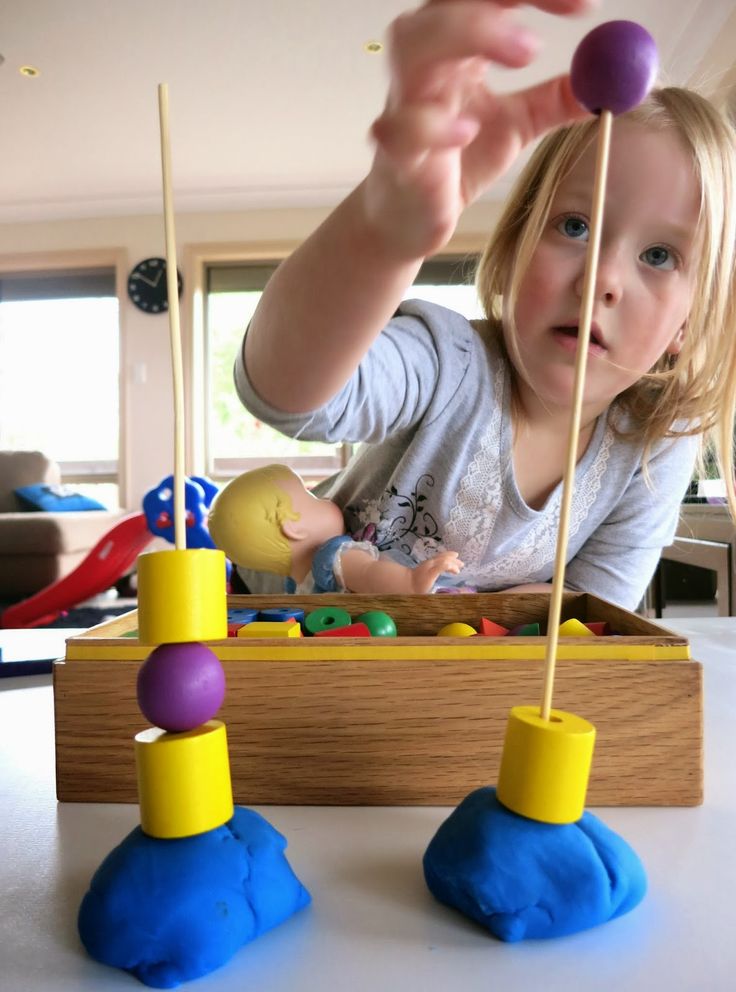 He may also play out scenes from life that cause him anxiety in a different way. Such a game often consists of a theme with variations. It repeats the general scenario, but it can develop in different ways: “I was lost, but they found me”, “I got lost and began to live alone in a new place.” This is how the child develops methods for solving life problems: he rehearses various situations during the game, just like a musician rehearses before a performance.
He may also play out scenes from life that cause him anxiety in a different way. Such a game often consists of a theme with variations. It repeats the general scenario, but it can develop in different ways: “I was lost, but they found me”, “I got lost and began to live alone in a new place.” This is how the child develops methods for solving life problems: he rehearses various situations during the game, just like a musician rehearses before a performance.
Respect and participate in children's games
The adult's role in play is to support and encourage the child. This helps the baby understand that his opinion is valuable, and his ideas and fantasies deserve respect. But it’s absolutely not worth it for an adult to insist on their own, “correct” game scenario. The reaction of the child may be protest, loss of interest, refusal to play together, and even tantrum. Sometimes children, having verbally accepted the conditions of an adult, actually experience anxiety and a feeling of helplessness: after all, in a game, it is important for a child to have a sense of control over the situation, but here they are deprived of this feeling.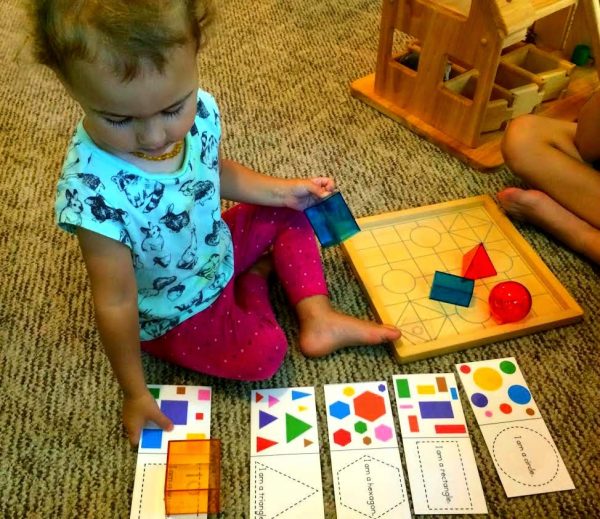
If adults avoid games or are burdened by them, the child tenses up, feels bewildered and may even think that he is doing something wrong and does not know how to play. The kid can also feel lonely, and ultimately all this leads to a decrease in his self-esteem.
In addition, by refusing to play together, we miss the opportunity to form an emotional bond with the child. Joint games are the best way to teach adults to understand their children and find a common language with them.
It is not necessary to be able to
Joint games can be different depending on the characteristics of the child - one processes information quickly, the other takes time. It is important for adults to catch the needs of the baby and adapt to them, offering, but not imposing their options. Let your child teach you how to play again.
Adults often say that they don't know how to play: this activity is not for them, they won't do anything at all, since they still don't succeed as the kid intended.